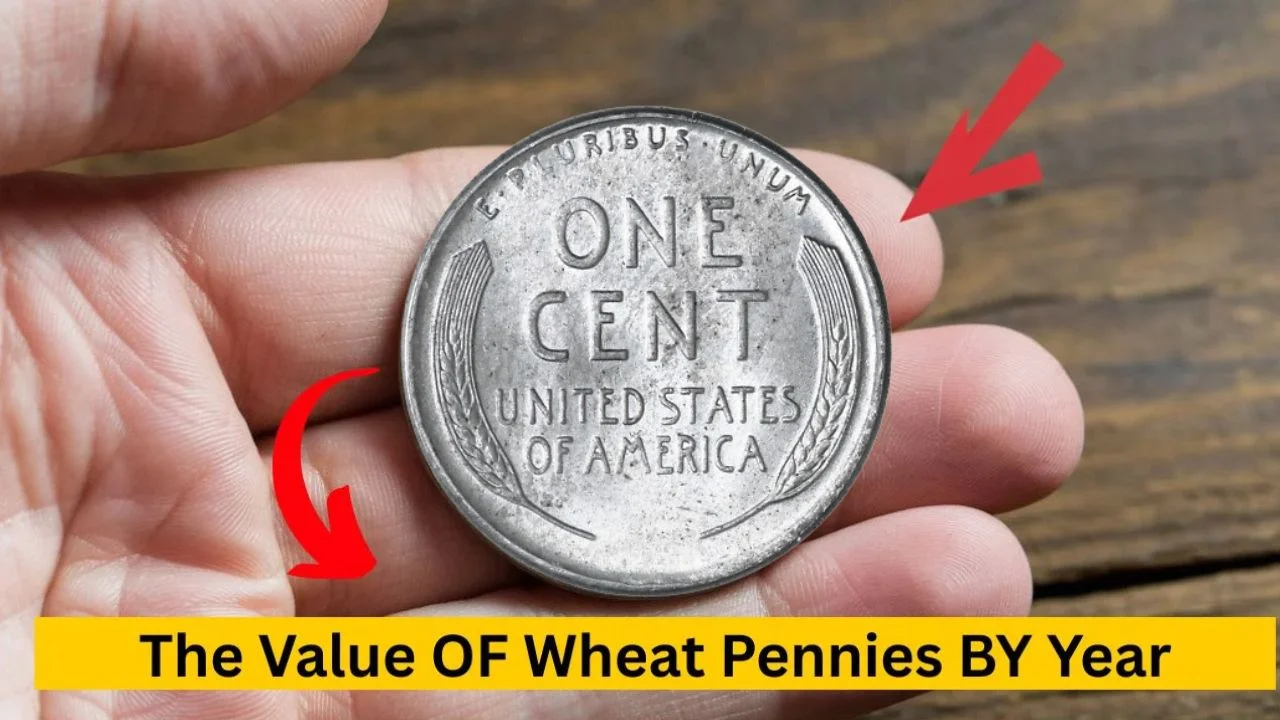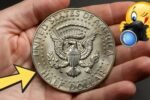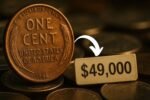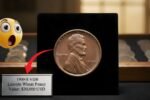The Value of Wheat Pennies BY Year: Wheat pennies, also called wheat cents, are one of the most beloved coins for collectors. Minted by the United States from 1909 to 1958, they feature a portrait of Abraham Lincoln on the front and two stalks of wheat on the back. These coins are not just small pieces of metal—they are pieces of history. For collectors, the value of a wheat penny depends on many factors, including its year, condition, and rarity. Understanding how these elements affect the coin’s worth is essential for anyone who wants to start a collection or sell their coins for the best price. While some pennies are common and worth just a few cents, others can be extremely valuable, reaching hundreds or even thousands of dollars depending on their year and condition.
Factors That Determine Wheat Penny Value
Not all wheat pennies are created equal. Several factors influence a coin’s value, and understanding these will help collectors make informed decisions. The year of minting is one of the most important considerations because certain years had smaller production runs or special mint marks that make the coins rare. Condition is another key factor—coins that are uncirculated or have very little wear are much more valuable than those that are worn or damaged. Other details, like errors in the minting process, can also increase a coin’s worth. Collectors often use a grading scale to determine the condition, ranging from “Good” to “Mint State,” and this grade directly affects how much someone would pay for the coin.
Wheat Pennies by Decade
The value of wheat pennies often varies by the decade in which they were produced. Coins from the earliest years, like 1909 and 1914, are particularly valuable, especially if they have rare mint marks. The 1920s and 1930s produced many pennies, but some years were limited and therefore more valuable. During the 1940s, wartime coin shortages meant that certain pennies, especially those made from steel in 1943, became highly sought after. By the 1950s, wheat pennies were more common, but certain years and mint marks still attract collectors. Knowing the decade of a penny can give collectors an initial idea of its potential worth before examining its condition more closely.
Rare and Valuable Wheat Pennies
Some wheat pennies are much more valuable than others due to their rarity. The 1909-S VDB penny is a famous example, named after the designer Victor David Brenner. Only a limited number were minted, making them highly prized by collectors. Other rare coins include the 1914-D and 1922 no-D wheat pennies, which were either produced in small numbers or have minting errors. Coins in excellent condition with these rare years can fetch thousands of dollars at auctions. Even a penny with a small mistake, like a doubled die or off-center strike, can become a collector’s treasure. Understanding which years are rare is crucial for anyone serious about collecting wheat pennies.
Tips for Collecting Wheat Pennies
Collecting wheat pennies can be both exciting and rewarding, but it requires careful attention. Start by examining the coins you already have, checking the year, mint mark, and condition. Investing in a coin book or online guide can help identify valuable pennies quickly. It’s also important to handle coins carefully, avoiding scratches or oils from your fingers that could reduce their value. For new collectors, buying from reputable coin dealers or auctions ensures authenticity and fair pricing. Collecting wheat pennies isn’t just about money—it’s about preserving a piece of history, appreciating the artistry, and enjoying the hunt for rare finds.
Selling Wheat Pennies
If you’re looking to sell your wheat pennies, understanding their value is the first step. Coins in better condition or with rare years will sell for more. Before selling, it’s helpful to get an expert appraisal or consult a coin guide to avoid undervaluing your collection. Online marketplaces and coin shows are popular venues for selling, but each option has its pros and cons. Selling individually can be more profitable if you have rare coins, while selling a bulk collection might be faster. Whatever method you choose, patience and knowledge are essential to get the best price.
7. Conclusion
Wheat pennies are more than just old coins—they are pieces of American history and a fascinating hobby for collectors. Understanding the value of these coins by year, condition, and rarity helps collectors make smart choices whether they are buying, selling, or simply appreciating their collection. From the rare 1909-S VDB to the 1943 steel penny, every wheat penny has a story to tell. With careful study and attention, collectors can enjoy both the thrill of the hunt and the satisfaction of owning a piece of history.
FAQs About Wheat Pennies
Q: What is the most valuable wheat penny?
A: The 1909-S VDB is often considered the most valuable, especially in high-grade condition.
Q: How do I know the year of my wheat penny?
A: Check the front of the coin, below Lincoln’s portrait, to find the year.
Q: Can a common wheat penny still be worth money?
A: Yes, even common wheat pennies can have value depending on their condition.
Q: Are all wheat pennies made of copper?
A: Most are copper, but the 1943 pennies were made of steel due to wartime copper shortages.




